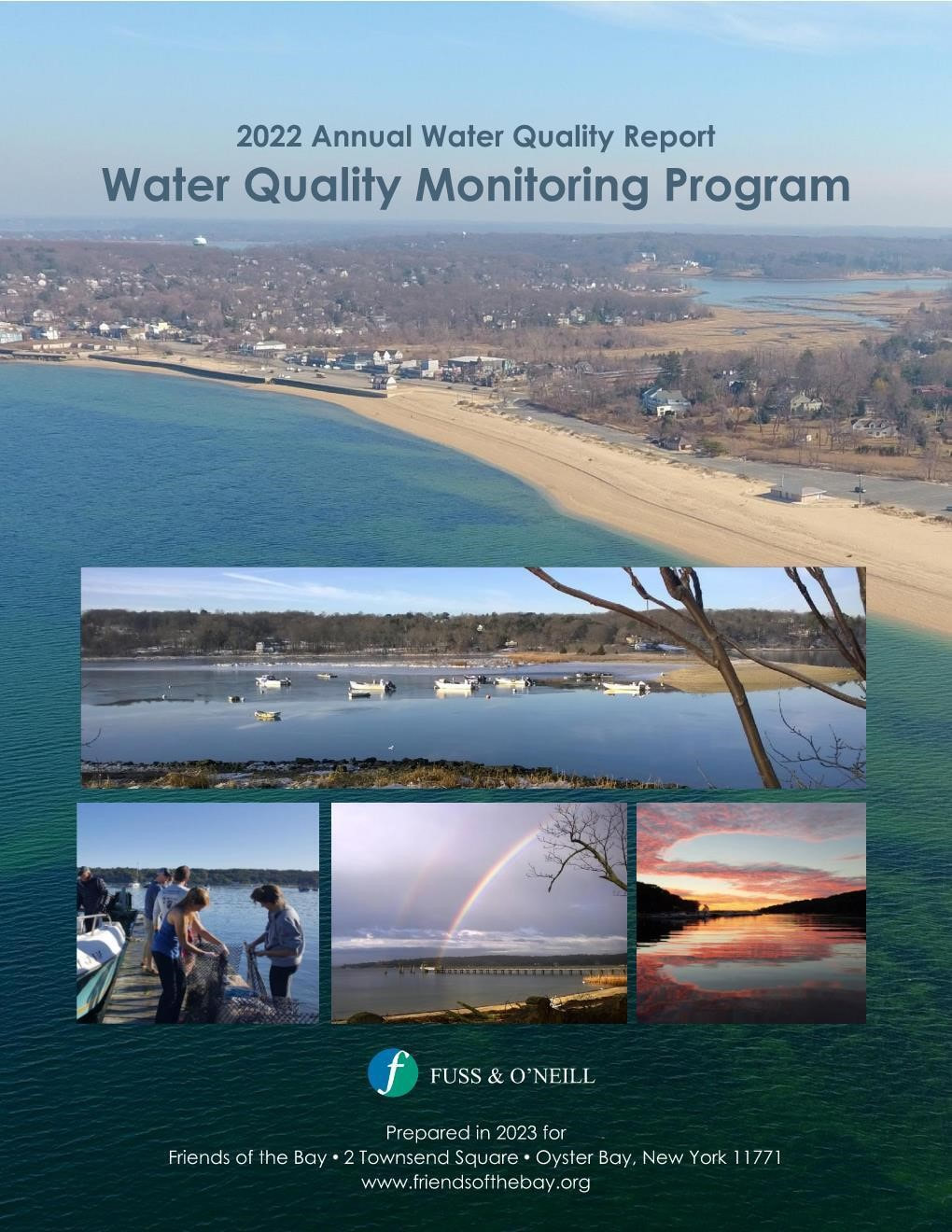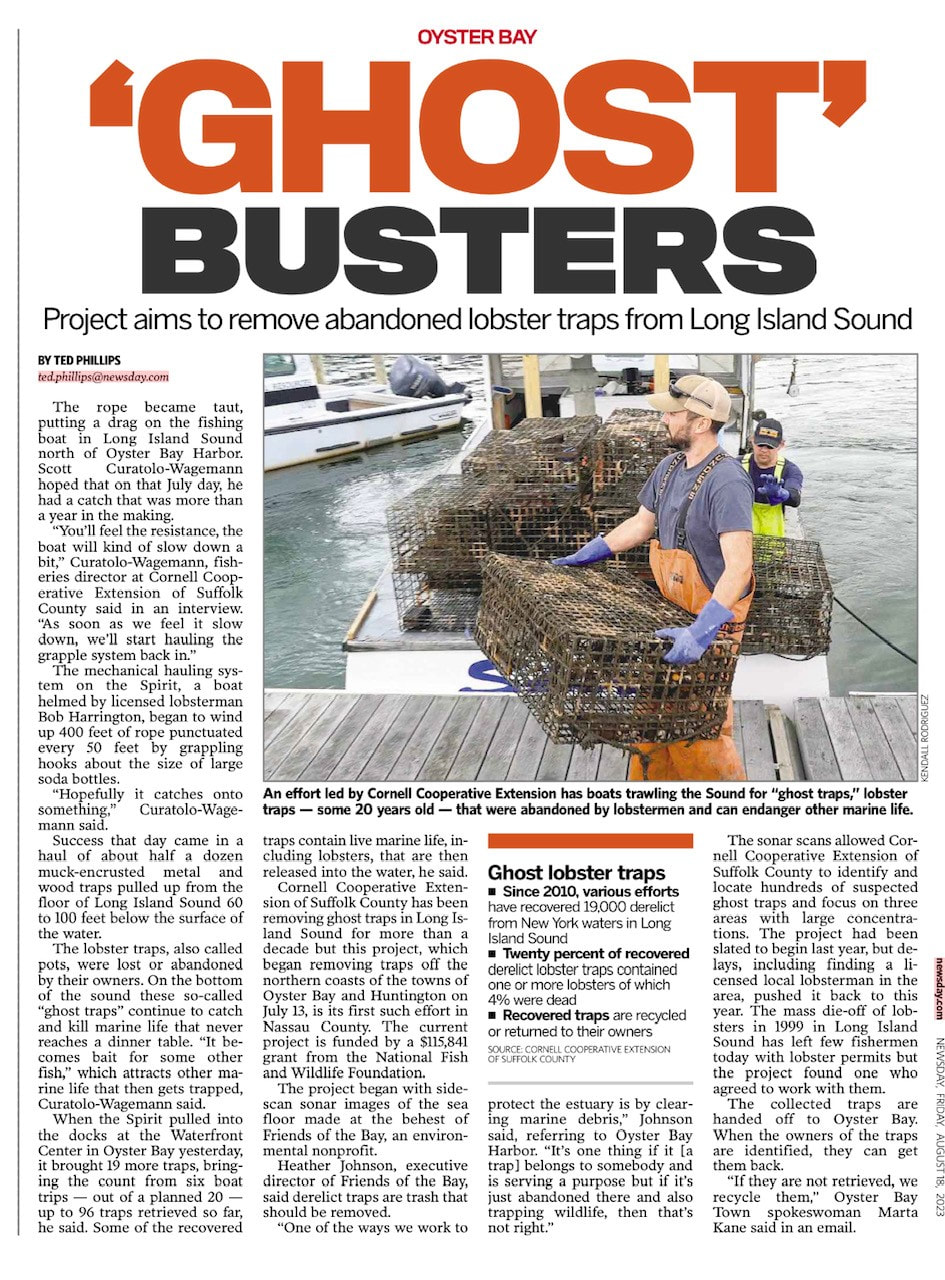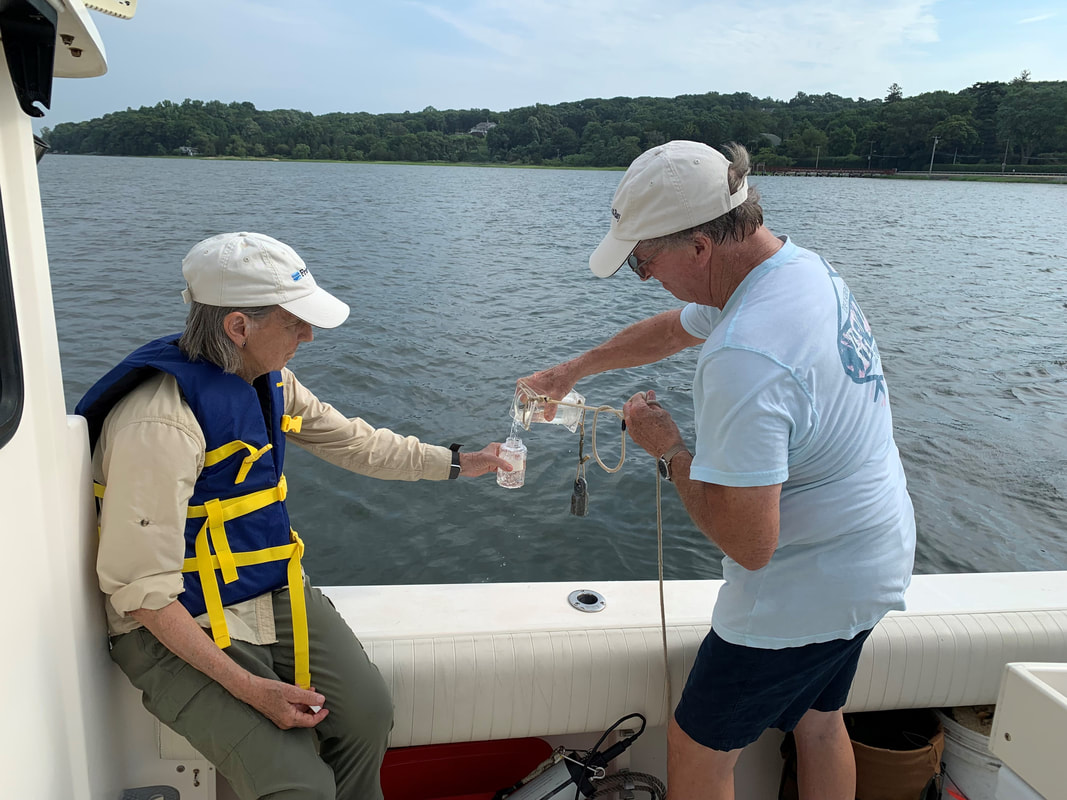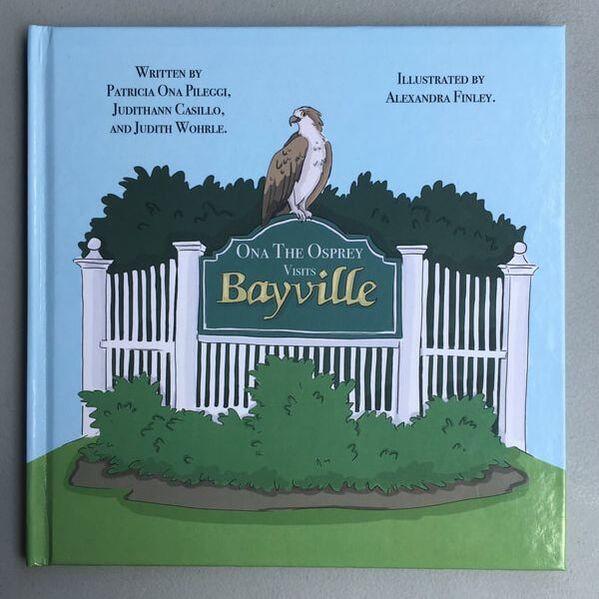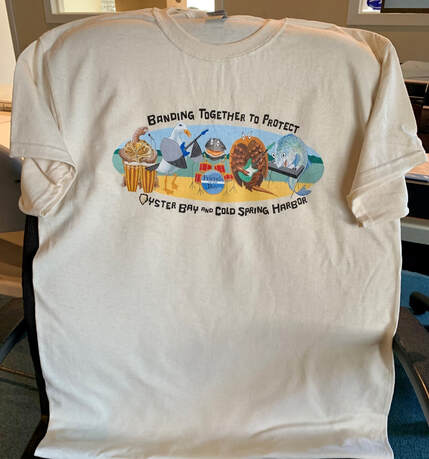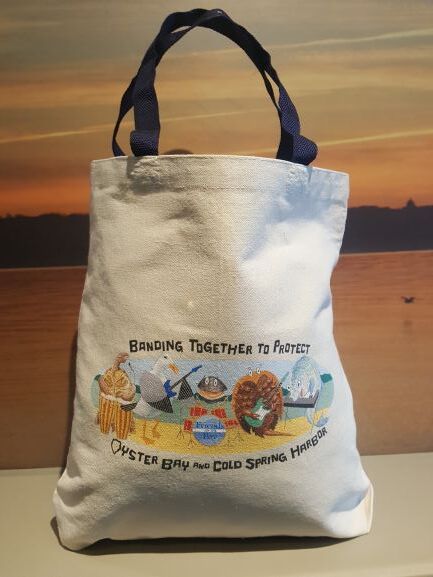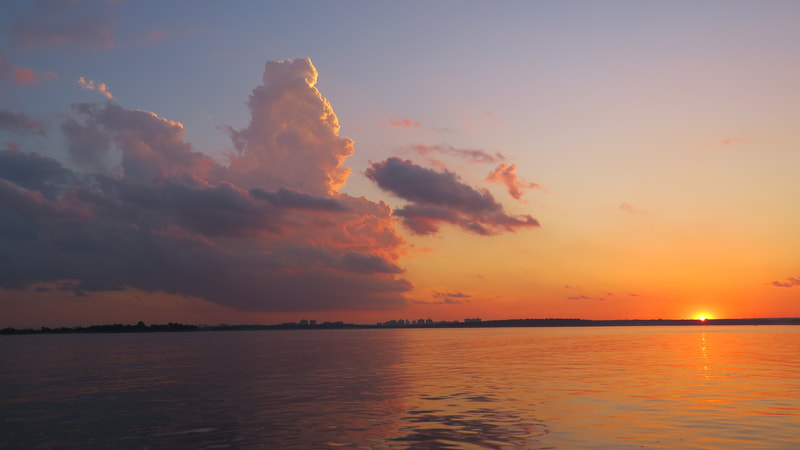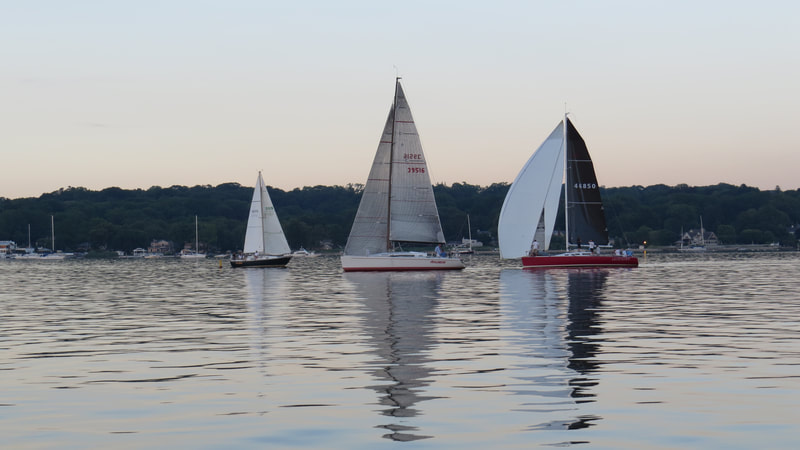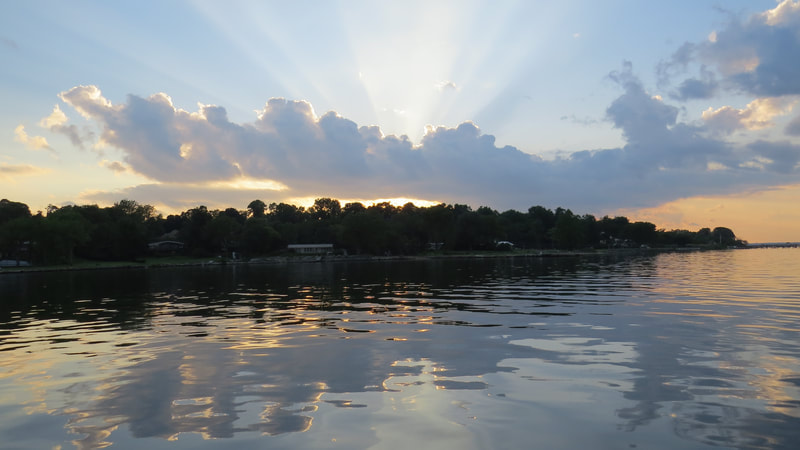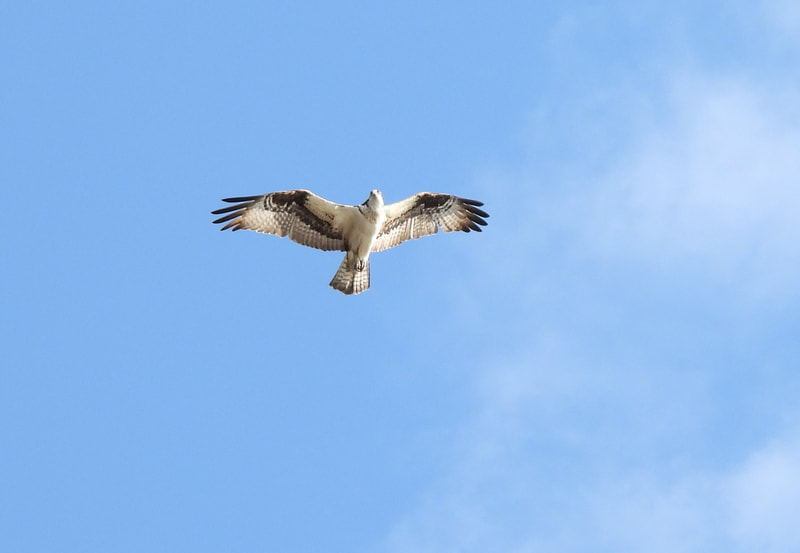We need your help to put the oyster back in Oyster Bay. Please support or mission.
2022 Annual Water Quality Report
Released in 2023
We have been monitoring water quality in the estuary since 1999 via our core monitoring program, adding Save the Sound's Unified Water Study program in 2017, with a small staff and a fantastic crew of volunteers.
A report of our 2022 data was prepared by Fuss & O'Neill, a civil engineering and environmental consulting firm which FOB has been working with for decades.
The good news is that in Cold Spring Harbor, Oyster Bay and Mill Neck Creek, the seasonal trend for fecal coliform has generally been decreasing since 2000 – around the time we started sampling. This trend has been improving since sewage from failing septic systems in the Birches housing development in Locust Valley was redirected to the treatment plant in Glen Cove. Compared to 2011, the 2022 average fecal bacteria levels in Mill Neck Creek were, again, down substantially - fecal coliform was down 60% and enterococci down 76%.
In 2022 the swimming standards for fecal coliform and enterococci were not exceeded at any sampling site. The highest levels were generally detected after significant rain, demonstrating that stormwater may be a significant contributor to bacteria loads.
Among the issues we are monitoring are a problematic outfall in Cold Spring Harbor, declining oyster populations and overall health of the bay. As recommended by Fuss & O'Neill, we plan to revive testing for nitrogen as well as stream and outfall samplings. We are seeking funding for both initiatives.
A report of our 2022 data was prepared by Fuss & O'Neill, a civil engineering and environmental consulting firm which FOB has been working with for decades.
The good news is that in Cold Spring Harbor, Oyster Bay and Mill Neck Creek, the seasonal trend for fecal coliform has generally been decreasing since 2000 – around the time we started sampling. This trend has been improving since sewage from failing septic systems in the Birches housing development in Locust Valley was redirected to the treatment plant in Glen Cove. Compared to 2011, the 2022 average fecal bacteria levels in Mill Neck Creek were, again, down substantially - fecal coliform was down 60% and enterococci down 76%.
In 2022 the swimming standards for fecal coliform and enterococci were not exceeded at any sampling site. The highest levels were generally detected after significant rain, demonstrating that stormwater may be a significant contributor to bacteria loads.
Among the issues we are monitoring are a problematic outfall in Cold Spring Harbor, declining oyster populations and overall health of the bay. As recommended by Fuss & O'Neill, we plan to revive testing for nitrogen as well as stream and outfall samplings. We are seeking funding for both initiatives.
Did you know...?
Did you know that Friends of the Bay has been monitoring water quality for more than 20 years?
.
Once every two weeks from May through October, we collect data from various locations in Oyster Bay, Cold Spring Harbor and Mill Neck Creek including temperature, pH, salinity, water clarity and dissolved oxygen. We also take water samples that the Nassau County Department of Health (NCDOH) tests for enterococci bacteria and fecal coliform bacteria.
We initiated our water quality monitoring program to continue one established by the NCDOH that was terminated due to budget cuts. The program was developed in cooperation with the United States Environmental Protection Agency, New York State Department of Environmental Conservation, local governments and other volunteer monitoring groups around Long Island Sound.
Water quality monitoring is necessary to help preserve the Oyster Bay/Cold Spring Harbor Estuary and to increase public awareness of local threats to water quality.
Data collected each year is available for use by federal, state and local government agencies, as well as the general public. You can view our current data as well as download a copy of our water quality monitoring report for the 2020 and 2021 seasons by visiting our website at https://www.friendsofthebay.org/water-quality-data.html
We have also been participating in Save the Sound’s Unified Water Study since 2017. For more information on that program, visit https://soundhealthexplorer.org/about/unified-water-study/
For more fun facts, follow our "Did you know" series every week on Facebook and Instagram, and every other week in the Oyster Bay Herald.
Click here to read past "Did you know" articles.
Once every two weeks from May through October, we collect data from various locations in Oyster Bay, Cold Spring Harbor and Mill Neck Creek including temperature, pH, salinity, water clarity and dissolved oxygen. We also take water samples that the Nassau County Department of Health (NCDOH) tests for enterococci bacteria and fecal coliform bacteria.
We initiated our water quality monitoring program to continue one established by the NCDOH that was terminated due to budget cuts. The program was developed in cooperation with the United States Environmental Protection Agency, New York State Department of Environmental Conservation, local governments and other volunteer monitoring groups around Long Island Sound.
Water quality monitoring is necessary to help preserve the Oyster Bay/Cold Spring Harbor Estuary and to increase public awareness of local threats to water quality.
Data collected each year is available for use by federal, state and local government agencies, as well as the general public. You can view our current data as well as download a copy of our water quality monitoring report for the 2020 and 2021 seasons by visiting our website at https://www.friendsofthebay.org/water-quality-data.html
We have also been participating in Save the Sound’s Unified Water Study since 2017. For more information on that program, visit https://soundhealthexplorer.org/about/unified-water-study/
For more fun facts, follow our "Did you know" series every week on Facebook and Instagram, and every other week in the Oyster Bay Herald.
Click here to read past "Did you know" articles.
*MERCHANDISE AVAILABLE * VISIT OUR ONLINE STORE
* Your Choice is Free When You Become a Member at the $100+ Level*
A BRIEF HISTORY OF LONG ISLAND SOUND
by Jennifer Wilson-Pines
-Originally published in The Island Now
Photo credit: Jennifer Wilson-Pines

















